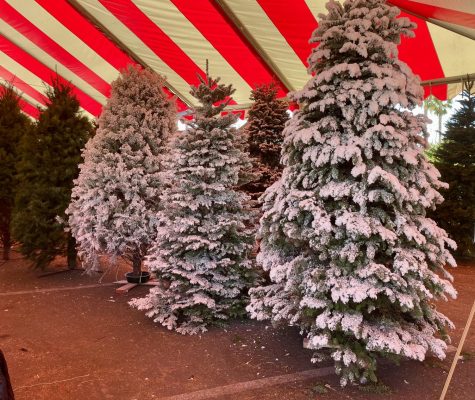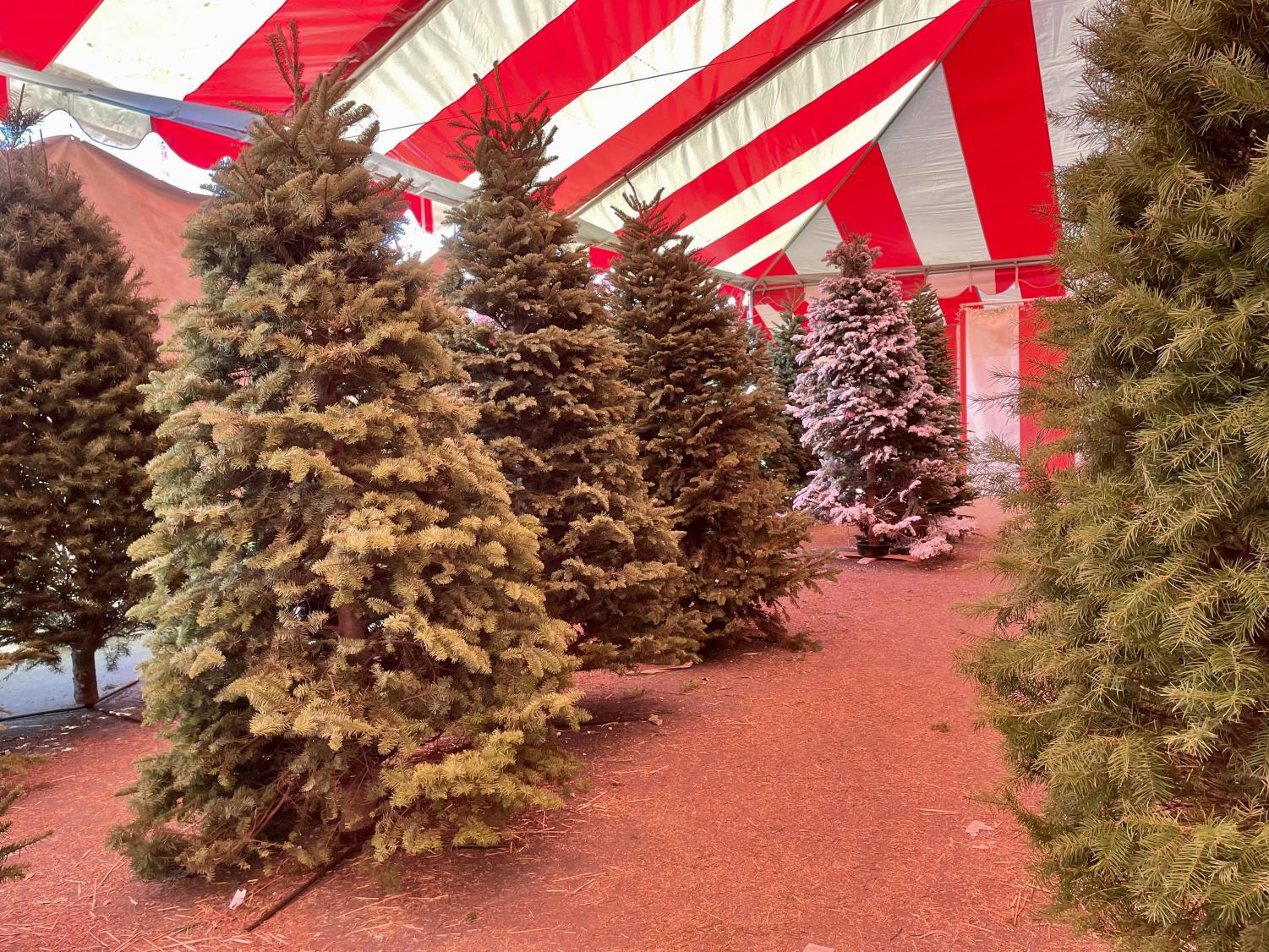Spruce Things Up With A Real Christmas Tree
December 16, 2021
When shopping for Christmas, many people run to their local stores, searching for an artificial tree. This is an easier and inexpensive alternative to natural Christmas trees for those who want to save some money when the holiday season comes around. What these people fail to realize is this is actively harming our environment.
People purchase fake Christmas trees hoping to reuse them year after year; however, they often end up in the trash after only one year of use. This is because fake trees are made with cheap materials, making it easier for them to break. Artificial trees are not biodegradable, nor are they recyclable. This becomes a problem because trees are filling landfills once the spring season begins. In between Thanksgiving and New Year’s, one million tons of waste is thrown away each week. 25 percent of this consists of fake Christmas trees. In America alone, about an estimated 25 million artificial trees are purchased annually and end up scrapped.
Mauro J. Dentino, the owner of Richfield Pines, when asked about why he thinks people are so quick to handpick fake trees, said, “[It] is most likely easier.”
Fake Christmas trees are made of plastics and metal, specifically PVC plastic, which is shipped from China. PVC plastic has been shown to create airborne pollution and hazardous waste. Due to this, carbon emissions are increased and products are being wasted. This goes hand and hand with climate change. The whole process of manufacturing and transporting these trees wastes a significant amount of energy, causing them to have a substantially larger carbon footprint than authentic Christmas trees. The carbon-intensive oil that is used to manufacture artificial trees contributes to 66 percent of the carbon emissions created through production.
An easy way to prevent causing more harm to our environment is by buying an authentic Christmas tree from a local farm. On average, a six-foot tree takes typically five to ten years to grow. During this process, the growth of the tree is actively fighting the carbon emissions created by the production of fake trees. Natural trees absorb the carbon dioxide that artificial trees produce and release oxygen into the atmosphere. Unlike fake trees, real trees are able to be recycled, are biodegradable, and can be repurposed into mulch, compost, or lumber. They can also be replanted easily after the holidays if the roots are still intact. Even if the tree was a “use and throw,” meaning the roots were cut off, purchasing a real tree greatly helps the fight against climate change. For every tree cut down, one to three seeds are replanted in its place, therefore, three times the amount of authentic Christmas trees bought are being planted.

Every year, anywhere from 350 to 500 million trees are grown for the Christmas season, but only about 30 million are bought annually from local farms. This is troubling for these farms because it supplies people with jobs, places to stay, and raises many animals.
When questioned about his farm, Dentino said, “Our trees are renewable, we replant every year, and the trees that are cut are generally composted after use.”
If you typically buy fake Christmas trees, maybe try to try to purchase an authentic tree instead this year. They’re better for the environment!
If you wish to find your own Christmas tree, check out these local farms:
- Richfield Pines
5392 Richfield Rd, Yorba Linda, CA 92886
- The Ranch Christmas Tree Lot
13998-13984, Willow Ln, Westminster, CA 92683
- Christmas Tree Village
5022 Crescent Ave, La Palma, CA 90623
- CA Jones Christmas Trees
9491 Edinger Ave, Westminster, CA 92683
- Snowy Pines Christmas Trees
6701 CA-1, Long Beach, CA 90803

